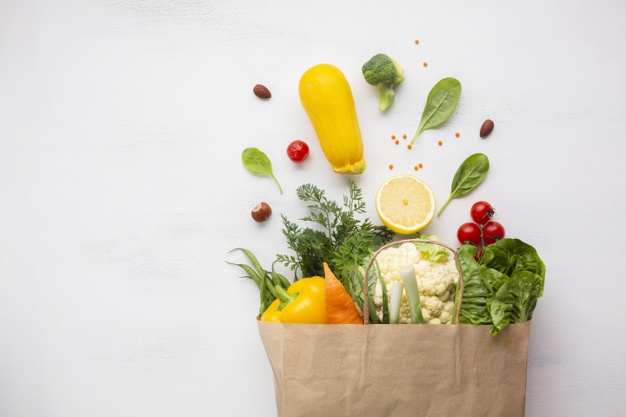It’s really easy to get into a dinner or dieting rut, especially when you are trying to eat healthily. Common vegetable choices are carrots, lettuce, spinach, and peppers, as they are known to be both flavorful and full of rich nutrients. Though people around the world favor these categories, there are many other options that can improve your health. The benefits of flavanols for the heart are found in the antioxidant properties that can ward off the number one killer condition in the United States. Scientists have found that enjoying a variety of vegetables with your mealtime and snack routines will help reduce the risk of developing heart disease. To take advantage of veggie diversity, consider adding these uncommon edibles to your dinner plate.
Daikon
A crunchy veggie that resembles a large white carrot, daikon is largely used in Asian dishes. It is a winter radish that is low in calories but stocked with an abundance of nutrients. In addition to copper, vitamin C, and potassium, daikon has a high volume of plant compounds with antioxidant properties. One of these compounds, glucosinolate, is thought to have anti-cancer properties.
Delicata Squash
Many people add butternut or pumpkin squash to their fall menus, but delicata squash is summer squash harvest during the winter. It has an oblong shape marked but vertical stripes over a cream-colored skin. Unlike its counterparts, delicata can be eaten without having to remove the outer rind. Its sweet pumpkin-like flavor is low in carb and calories, and you could use it as an excellent substitute for starchy veggies like potatoes.
Taro Root
A popular source of carbohydrates for cultures in Asia and Africa, taro root is a root vegetable that has a soft texture but subtle, sweet taste. It makes a great alternative to sweet potatoes and other starchy vegetables, and it is loaded with fiber, potassium, magnesium, and vitamins E and B. Taro works on digestive issues since the high fiber content acts a prebiotic and stimulates the growth of healthy gut bacteria. It can help prevent bowel diseases.
Sunchokes
Also known as a Jerusalem artichoke, this vegetable is a type of sunflower that looks more like a ginger root. When cooked, it becomes tender with a nutty taste. Among its other nutritional properties, sunchokes have a high iron content, which aids in red blood cell production. It also contains inulin, which is a type of fiber associated with blood sugar control and digestive health.
Fiddleheads
Though the name sounds humorous, these veggies are the highly flavorful but unfolded leaves of a young fern. They have a tightly curled or wound shape, making it easier for foragers to find them among the immature ferns. Fiddleheads are rich in plant compounds, manganese, and vitamins A and C. The pigments contain both beta carotene and lutein, which as antioxidants, protect against eye disease and some cancers.
Dandelion Greens
Yes, this interesting veggie options is a part of the dandelion plant, which on its own, is completely edible. The leaves are known are greens, and while not commonly found next to the spinach or kale in the grocery store, this food offers vitamin K, iron, and antioxidants to those brave enough to take a bite. There is some evidence that suggests dandelion greens can lower cholesterol and blood sugar levels, as well as prevent cell damage. Some use these greens as a substitute for lettuce in salads, but they can also be cooked and added to soups.
Branch out with your veggie selection the next time you are in the produce aisle, as you may never know what you are missing if you don’t get adventurous. Not only could you find a new favorite, but you will also reap several health benefits.

